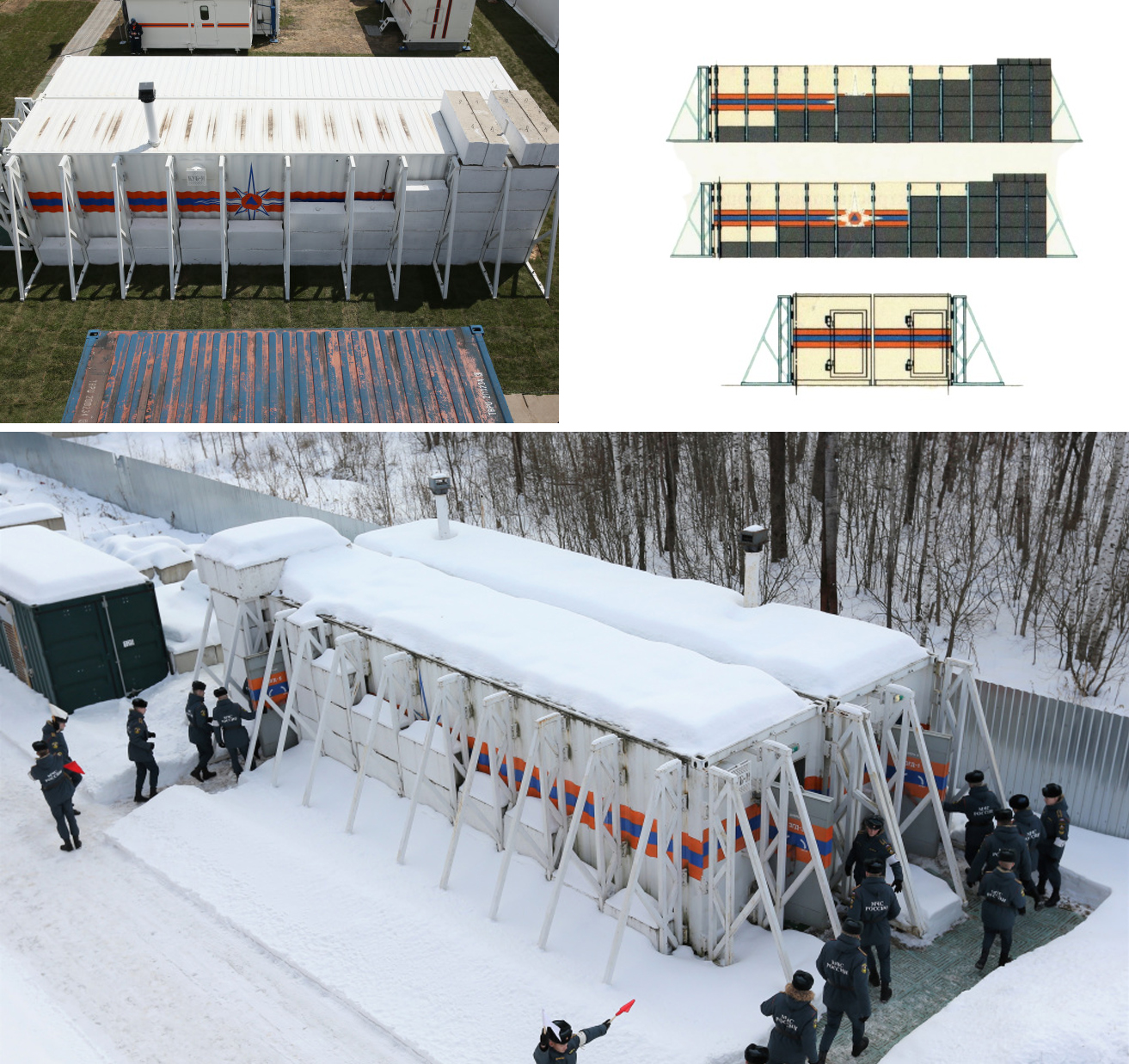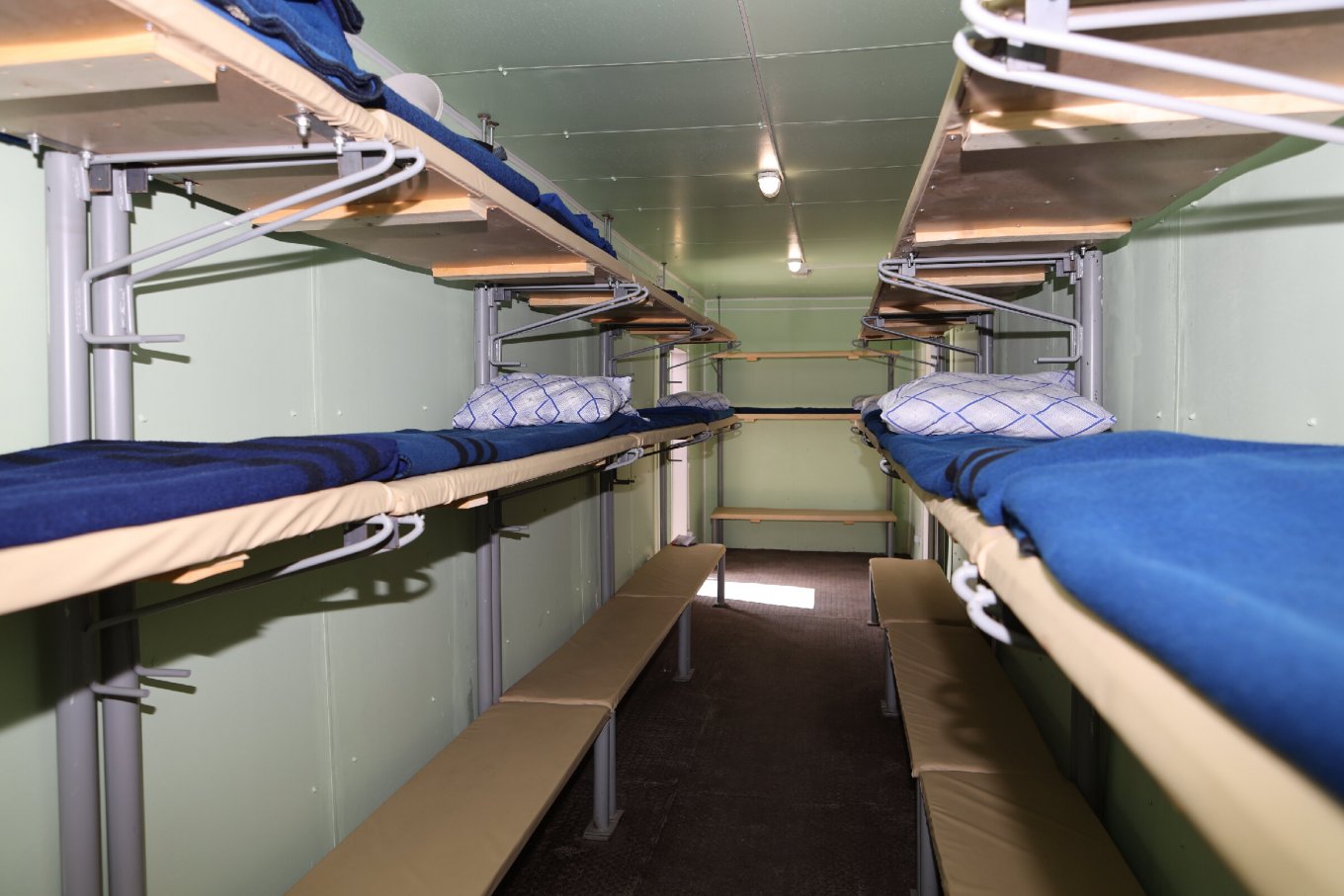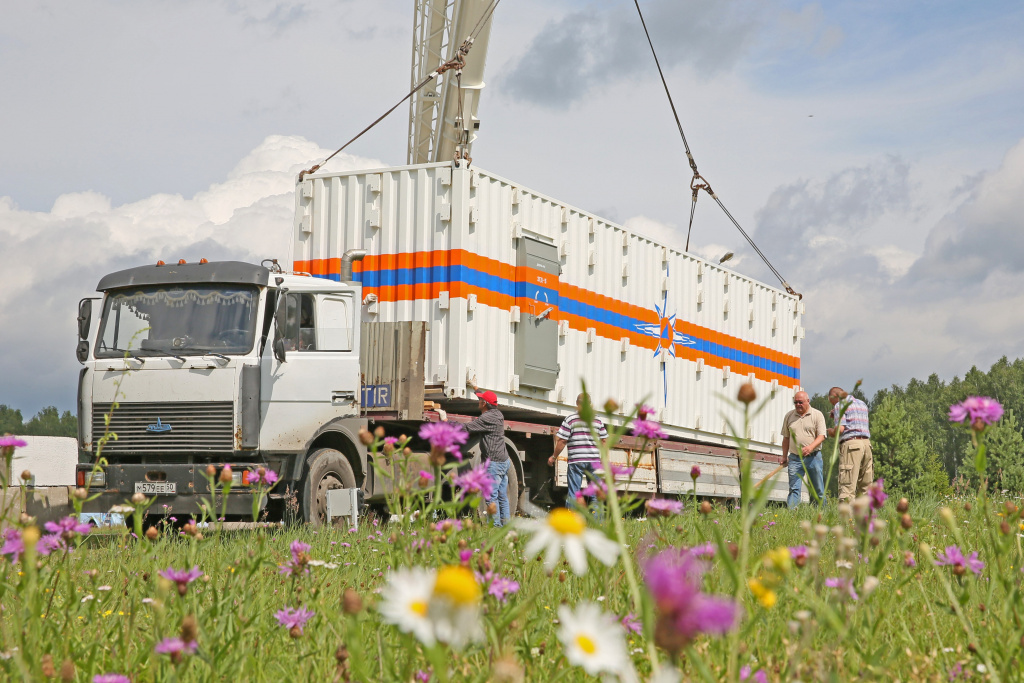With fanfare traditional for Kremlin's media, they announced the start of production of Kub-M mobile shelters, a type of hideout that is easy to deploy and should protect its habitants even from a nuclear explosion. At least that's according to russian declarations.
As the news coincided with the introduction of changes to the nuclear doctrine of the russian federation, which significantly broadened the scope of scenarios where russia deems justified to use nuclear weapons, the appearance of these shelters could be perceived as part of russia's preparation for World War III.
Read more: Satellite Reveals russia’s R-30 Bulava Nuclear Missile Preparation from Space

Although there's a long way ahead paved in time and money before these shelters will begin to make a meaningful presence across russia, we could say the concern is justified. But let's take a closer look into the details of this project — we'll see just a typical russian combination of a kickback scheme with another specimen of indigenous "one-of-a-kind" developments.
To begin with, the whole idea of Kub-M was to create a modular ready-to-use shelter, made out of two standard intermodal containers. One has room for 54 people and the other is a utility module with toilets, filtration units, and a diesel power generator. The shelter's declared autonomy is 48 hours. Both containers are airtight.

The protection from the shock waves and radiation is provided by concrete blocks with dimensions of at least 400x600 mm which must be installed around the containers with a 10 cm gap filled with sand.

However, for some reason, the photos from the russian Ministry of Emergency Situations show that the shelters in a fully assembled state are not entirely covered with these concrete blocks. With such sizable gaps, a shelter cannot protect people from the shockwave, debris, or radiation. There are also questions regarding the protection in the door area which remains not covered with blocks and the tightness of the connection between the two modules.

This is, by the way, how a living space allegedly capable of accommodating 54 people looks like. The Kub-M is made of a standard 12-meter (40-foot) Type 1AAA container with an area of 27.95 m², raising more questions about its real capacity.

At this point, it just looks like a shoddily-made shelter but there are indications that such low quality was nothing but expected from the start.
The development of Kub-M was carried out by the VNII GOChS, an R&D institution of the russian Ministry of Emergency Situations. The works were completed in 2017 but no one showed any interest in scaling the production, at least until recently.
Interestingly, there was a strange dispute on usage rights for this development between the research institute and the ministry because only the government was eligible to place an order for these shelters. Even so, in July 2023, a decision was made to grant permission for the purchase and use of Kub-M modules by third parties.
Furthermore, despite having a fully developed modular solution, the russians suddenly discovered that the legislative groundwork for using them wasn't prepared in advance, as only stationary objects were allowed to be considered as shelters. Finally, in May 2024, the russian Ministry of Emergency Situations was able to push the necessary amendments through and add the criterion for modular structures, specially to enable the Kub-M.

And now, russian state media announce the beginning of mass production, with the inevitable appropriation of regional local budgets. After all, the price for such an "effective" bomb shelter is 38 million rubles, roughly equivalent to USD 380,000, not to mention the costs of transportation, installation, and operating costs.

Therefore, it should not come as a surprise if russia will throw millions straight out of the budget to procure and deploy such protective buildings. Moreover, the product's modular design and portability give russian officials a chance to create real mobile "Potemkin villages," with only a few such Kub-Ms roaming and appearing in multiple places across the country to create an impression of an abundance of shelters for the local media and ominous "WW3 preparations" for the foreign observers.

Read more: Kremlin Wants Aircraft Shelters But Building Them Won't Be Cheap or Simple














